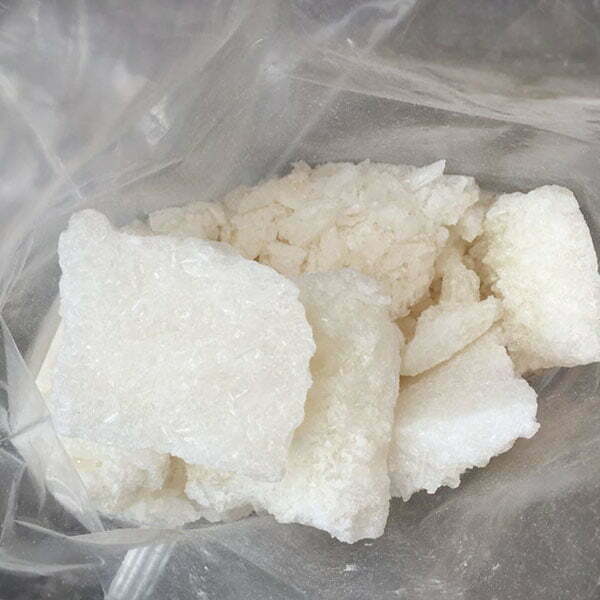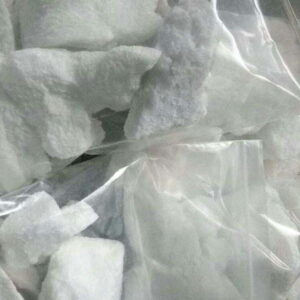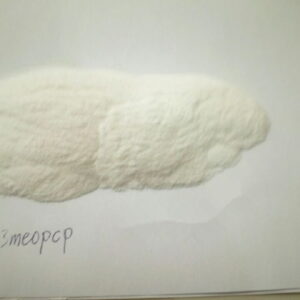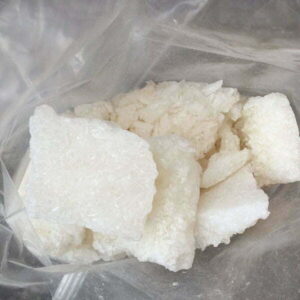Introduction
4-CPRC is a research chemical that falls under the cathinone class of substances. It is also known as 1-(4-Chlorophenyl)-2-(pyrrolidin-1-yl)pentan-1-one or 4-Chloro-α-Pyrrolidinopentiophenone. This chemical is a stimulant and has been found to produce similar effects to other cathinones, such as methcathinone and mephedrone.
History and Legal Status
4-CPRC was first identified in 2014 and is considered a relatively new research chemical. As a cathinone, it is classified as a Schedule I substance in the United States and is illegal to possess or distribute for any purpose. In some other countries, it may fall under the category of controlled substances or analogues, meaning that it is also illegal to possess or distribute.
Chemical Properties
4-CPRC has a chemical formula of C15H20ClNO and a molecular weight of 265.78 g/mol. It has a white crystalline appearance and a melting point of approximately 97-98°C. The substance is soluble in organic solvents such as ethanol and DMSO, but is relatively insoluble in water.
Synthesis
The synthesis of 4-CPRC typically involves the reaction of 4-chlorobenzaldehyde with pyrrolidine and 1-pentanone in the presence of a suitable catalyst such as sodium borohydride or lithium aluminum hydride. The resulting product is then purified through a series of steps, including crystallization and recrystallization.
Pharmacology
As a stimulant, 4-CPRC has been found to produce effects similar to other cathinones. It works by increasing the levels of dopamine, norepinephrine, and serotonin in the brain, leading to feelings of euphoria, increased energy, and heightened alertness. However, like other cathinones, it also has the potential to cause negative side effects such as increased heart rate, elevated blood pressure, and seizures.
Routes of Administration
4-CPRC can be administered through a variety of routes, including oral ingestion, insufflation, or injection. The most common method of use is through insufflation, which involves the inhalation of the substance in powder form. This method allows for a more rapid onset of effects, but can also increase the risk of negative side effects.
Conclusion
In conclusion, 4-CPRC is a research chemical that falls under the cathinone class of substances. It has been found to produce effects similar to other cathinones, such as methcathinone and mephedrone. However, it is important to note that the use of 4-CPRC can also lead to negative side effects, and it is classified as a Schedule I substance in the United States. It is therefore important to exercise caution and to use this substance only under the guidance of a qualified researcher.






Reviews
There are no reviews yet.